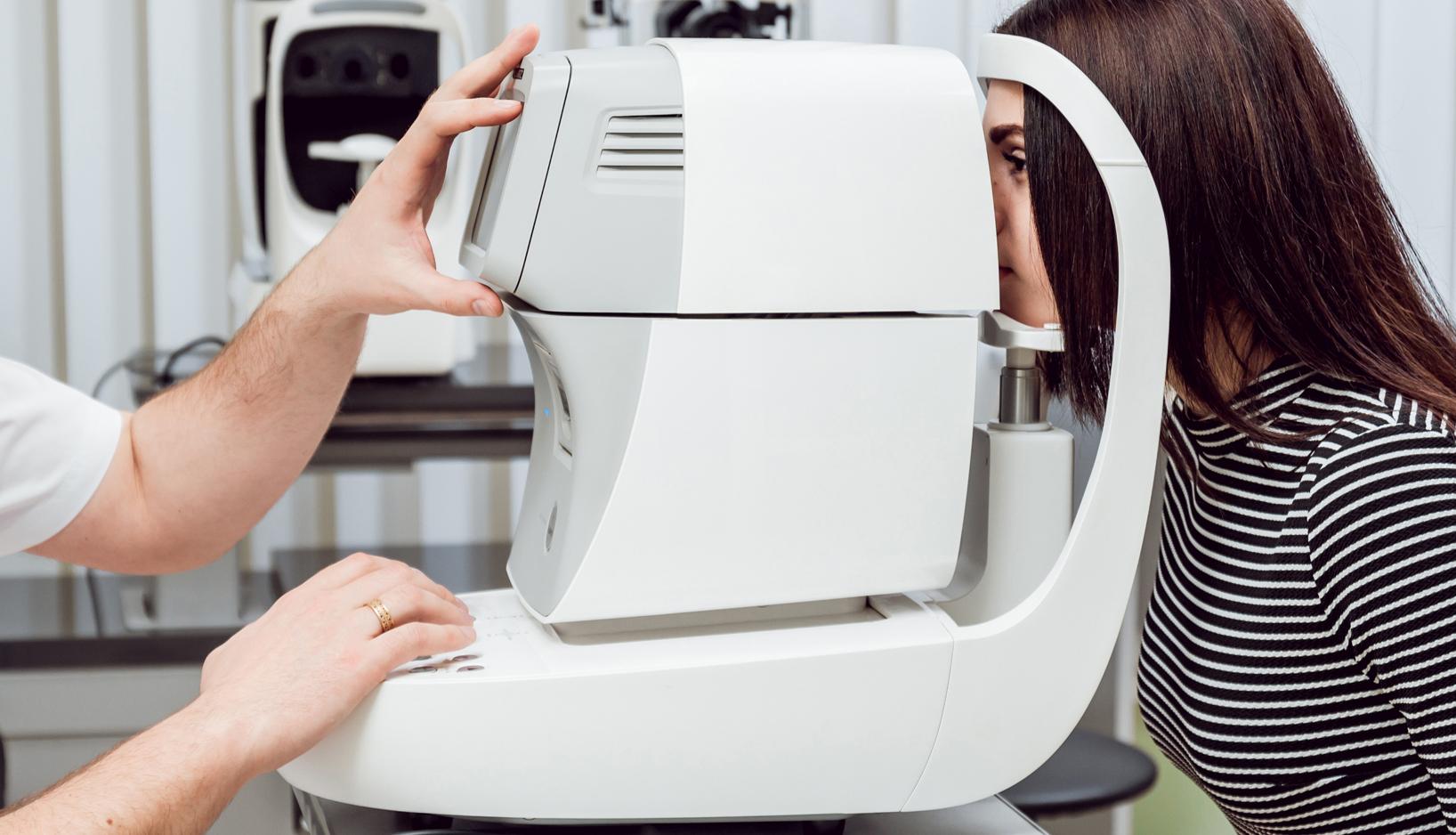What do migraine-stopping pneumatic devices, waterproof hearing aids, personal ultrasounds, blood sample collecting pens, and fetal monitors have in common? They are all medical devices that have undergone a meticulous process of product design.
Medical devices as defined by the TGA include, among others, an instrument, software, implant, reagent, or other such material intended for human use. Its purpose could range from diagnosis, monitoring, prediction, prognosis, treatment, or alleviation of disease, injury, or disability. It can also be used in the investigation of a specimen derived from the human body.
Medical devices have a heavy impact on and can improve the lives of thousands of patients every day. Thus, their design and production need to meet the highest standards of execution. Read on to learn about the rigors of designing medical and bioscience devices.
Conceptualization
As with all devices, the design process begins with conceptualizing a product. You need to gauge the market and evaluate your competition. Next, you will need to find the gaps that exist between consumer requirements and current offerings. The actual conceptualization of the product starts from finding out how well you can fill the gap. If the gap is wide, then there is little information to work on, so you will end up with an abstract idea and concept. On the contrary, if there is a very narrow gap, your competitor may fill it sooner than you. Once this is done, you can concretize a high-level roadmap that includes categorizing your device appropriately.
Medical devices are subject to stringent classificatory norms across the world. In Australia, for example, the TGA Design classification is as follows:
- Class I: Non-invasive medical aids such as bandages, cervical collars, and slings.
- Class IIa: Devices that measure or aid in measurement; and are invasive – such as X-ray films, intravenous tubing, contact lenses, catheters.
- Class IIb: Devices that pose a medium-high risk when handled, such as blood bags and dressings for severe wounds.
- Class III: High-risk devices such as Coronary artery probes, heart valves, and joint implants.
- Active implantable medical devices: This category includes devices that are high risk, as well as highly invasive, such as pacemakers and cochlear implants. After you have categorized your potential device, you will need to check if you may be infringing on any pre-existing patents.
Regulation and Compliance
Existing Intellectual Property Rights on medical devices or processes may prevent you from using the technology even if your device adds value over and above it. Therefore, you will need to consult experts – engineers, medical practitioners, clinical practitioners, and legal experts – to ensure that IPR and other ISO (International Organisation for Standardisation) regulations are not violated.
Design control regulations
All medical devices do not pose the same level of risks. Therefore, the regulations will vary accordingly. The TGA, for example, has a life-cycle approach. For low-risk devices, regulation is more important after the device has been included on the Australian Register of Therapeutic Goods (ARTG). And for high-risk devices, regulation is stringent even before the device is included on the ARTG. Consult the legal experts on your design team to get all regulatory necessities in place. Your next step will be to develop a prototype and subject it to tests and verifications.
Verification and Validation
It is imperative that your device be tested multiple times to ensure that it aligns well with its intended use and provides a solution without causing further complications. So, you verify the veracity of this claim within your R&D team; and then you validate the same by seeking inputs from outside users.
In this stage, you are garnering feedback on the performance of your device. Among other things, you will gauge how well your device functions, whether it is easy to use, and if users see it as a reliable implementation. You will also test its effectiveness through myriad lab tests and subject it to adverse conditions to establish its safety.
Risk Management
Finally, once the testing process throws up possible hazards and failures, you will need to control for the risk and take preventive measures. Your instruction manual to the users will need to inform them of the safe usage conditions and possible consequences in case of improper use.
Conclusion
Medical devices that have undergone thorough product design will withstand not only competition but will better serve their purpose of improving the life of users. If you plan on developing a medical device, the design stage is an investment you cannot bypass. Consult your design experts to bring out a product that surpasses all your expectations.
Also read about:
5 Things To Know Before Taking a Collagen Supplement
11 Best reasons to stay in villas in Goa
HOW IS RUNTIME APPLICATION SELF PROTECTION USEFUL

